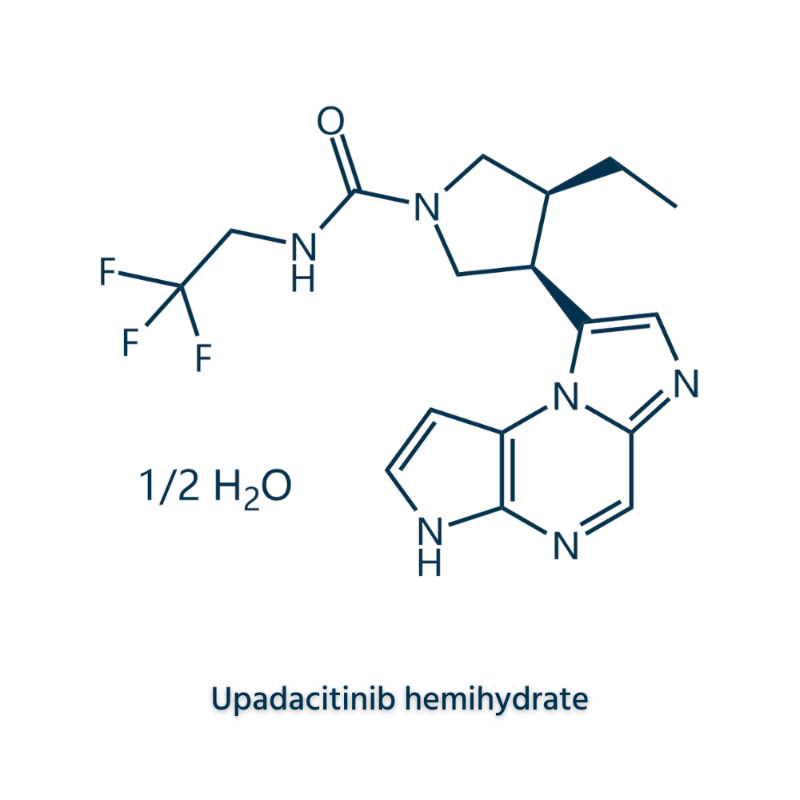-
Categories
-
Pharmaceutical Intermediates
-
Active Pharmaceutical Ingredients
-
Food Additives
- Industrial Coatings
- Agrochemicals
- Dyes and Pigments
- Surfactant
- Flavors and Fragrances
- Chemical Reagents
- Catalyst and Auxiliary
- Natural Products
- Inorganic Chemistry
-
Organic Chemistry
-
Biochemical Engineering
- Analytical Chemistry
-
Cosmetic Ingredient
- Water Treatment Chemical
-
Pharmaceutical Intermediates
Promotion
ECHEMI Mall
Wholesale
Weekly Price
Exhibition
News
-
Trade Service
Alexandra MMiller of memorial Sloan Kettering Cancer Center in the United States believes ctDNA sequencing in cerebrospinal fluid (CSF) may provide another way to detect tumor genotypesThe researchers performed a ctDNA test and integrated analysis of CSF samples of 85 patients with glioma stoic puncturesThe results were published in Nature in January 2019- From the article chapter
(Ref: Miller: Miller AM), et alNature2019 Jan;565 (7741): 654-658doi: 10.1038/s41586-019-0882-3Epub 2019 Jan 23diffuse glioma is the most common malignant brain tumor in adults, and its genetic characteristics are commonly used in the classification and treatment of diseasesBut the acquisition of genes and molecular ghettos often involves invasive and complex operations, such as tissue sampling through brain surgery and repeated tumor biopsiesIn order to improve the complexity of detection methods, there have been studies of liquid biopsies aimed at tumorsHowever, tumor DNA (ctDNA) testing in blood circulation in patients with primary brain tumors was not successfulAlexandra MMiller, of memorial sloan's Cancer Center in the United States,, and others believe that ctDNA sequencing in cerebrospinal fluid (CSF) may provide another way to detect tumor genotypesThe researchers performed a ctDNA test and integrated analysis of CSF samples of 85 patients with glioma stoic puncturesThe results were published in Nature in January 2019results showed that 42 (49.4%) of the 85 patients detected tumor-derived DNA in cerebrospinal fluid and were associated with disease conditions and adverse prognosisThe cerebrospinal fluid genome map of glioma contains a wide range of genetic changes, much like the genome map obtained from a biopsy of tumor tissueMutations in early-stage genomic changes in tumors, such as the common deletion of chromosome arms 1p and 19q (1p/19q common deletion), metabolic gene isocitric acid dehydrogenase 1 (IDH1) or isocitric acid dehydrogenase 2 (IDH2), occur in all ctDNA-positive cerebrospinal fluids and matching tumors, and growth factor receptor signaling pathways can show their evolution85 cases of tumors, including 46 (54%) WHO IV-grade glioma, 26 (31%) WHO Class III gliomas and 13 (15%) WHO CLASS II gliomasAll patients received treatment for tumors prior to cerebrospinal fluid collection, with surgery accounting for 100 per cent, radiotherapy for 99 per cent and chemotherapy for 95 per centThe patient imaging examination showed that the progression of the tumor, the number of tumors, the tumor to the ventricle system and subcavity immersion of the cobweb membrane were related to the tumor DNA shedding into the cerebrospinal fluidSome genetic changes occur in the early stages of glioma development and can be considered a "backbone" event in the evolution of the tumor, which can be used to define different prog.gsubtypesFor example, IDH mutations, 1p/19q co-misses, and human telomerase reverse transcriptase (TERT) mutations all tested positive in CSF biopsies;An oncology analysis of cerebrospinal fluid mutations in patients with cerebrospinal fluid ctDNA-positive glioma6 patients were treated for hydrocephalus within 3 weeks of the initial lumbar punctureCSF samples taken from different anatomical locations of the central nervous system showa for a high degree of consistency in the genome map, as well as in patients with highly mutant DNAFive patients underwent a tumor excision within 3 weeks of cSF acquisition, and the cSF was tested to obtain almost identical genetic profiles of tumor tissue, proving that tumor DNA in cerebrospinal fluid had the same results as a biopsy of tumor tissueAs the time interval between tumor and CSF collection extended, the researchers observed large differences in the genetic map, especially genes that encode members of the growth factor signal ingenuity pathway, showing inconsistent evolutionary patterns, indicating the evolution and progression of gliomas finally the authors point out that lumbar punctures in patients with brain tumors are relatively safe and can be used as a routine diagnostic and treatable method for certain brain tumors, as well as for tumor classification, such as central nervous system lymphoma, myeloma and germ cell tumors In patients who are unable to remove or recurrent tumors and have surgical contraindications, a cerebrospinal fluid biopsy after a lumbar puncture is an opportunity to obtain a molecular marker of the tumor However, the loss of tumor DNA into the cerebrospinal fluid does not appear to be a common feature of diffuse gliomas, even in patients who have undergone surgery before The study data suggest that the presence of ctDNA in cerebrospinal fluid may be an early indicator of the progression of glioma, but it is necessary to identify the time at which the dna of the tumor's source was first detected in CSF in order to guide clinical practice.







